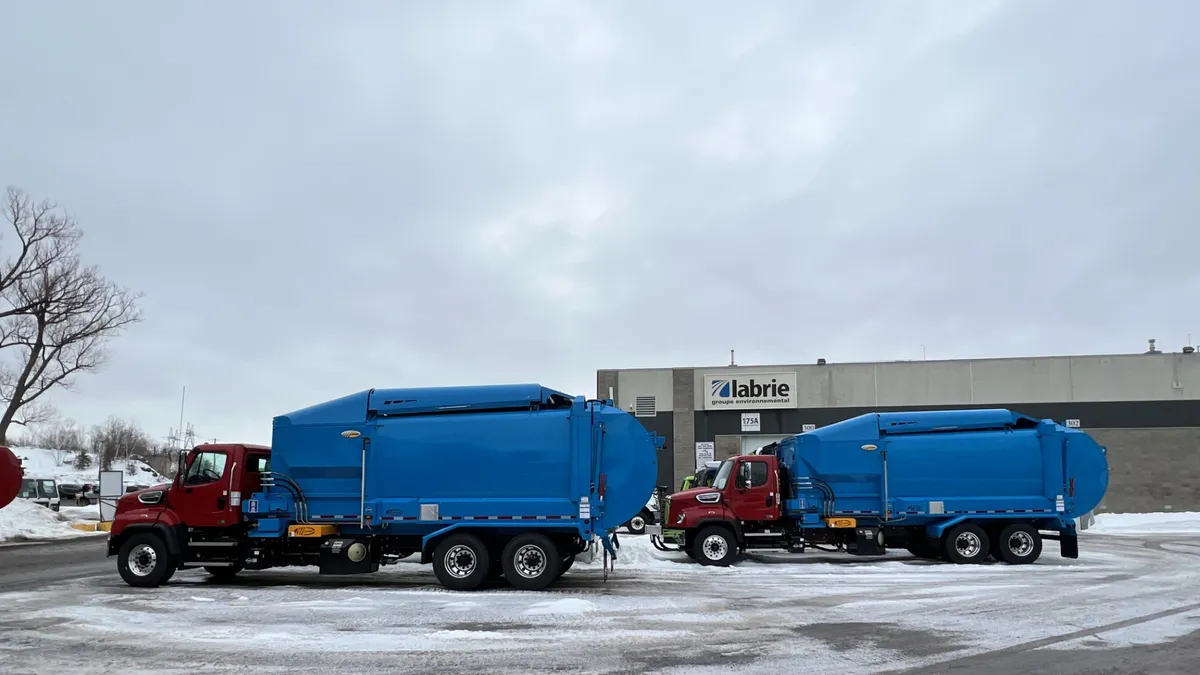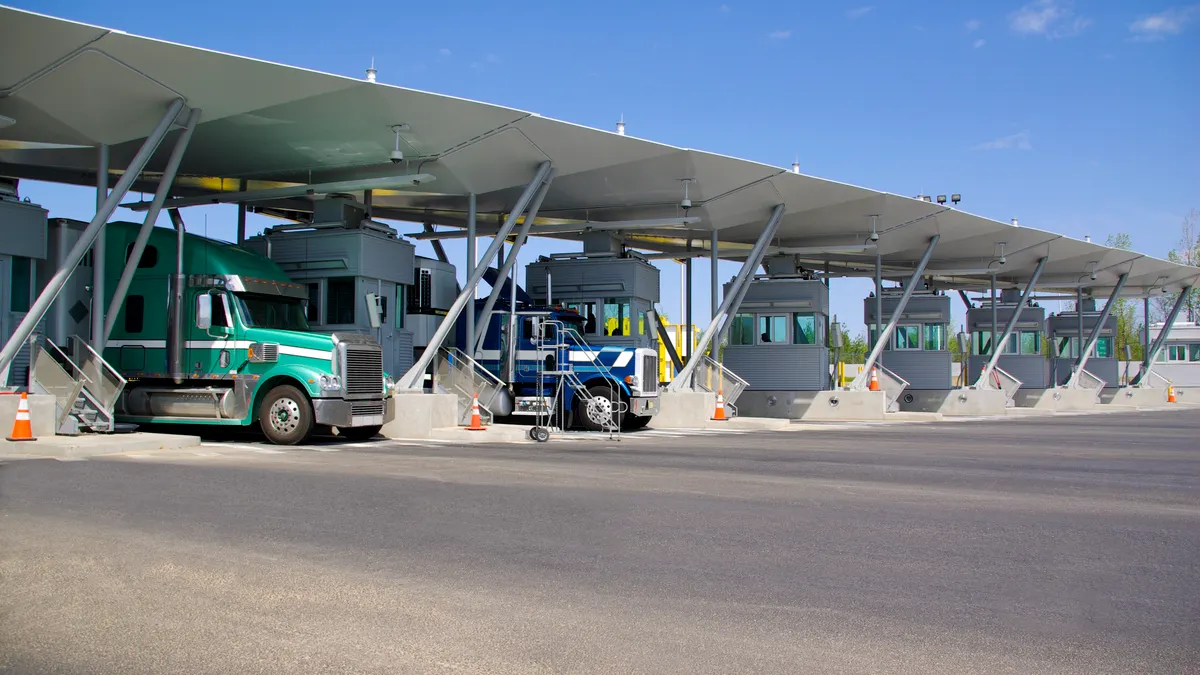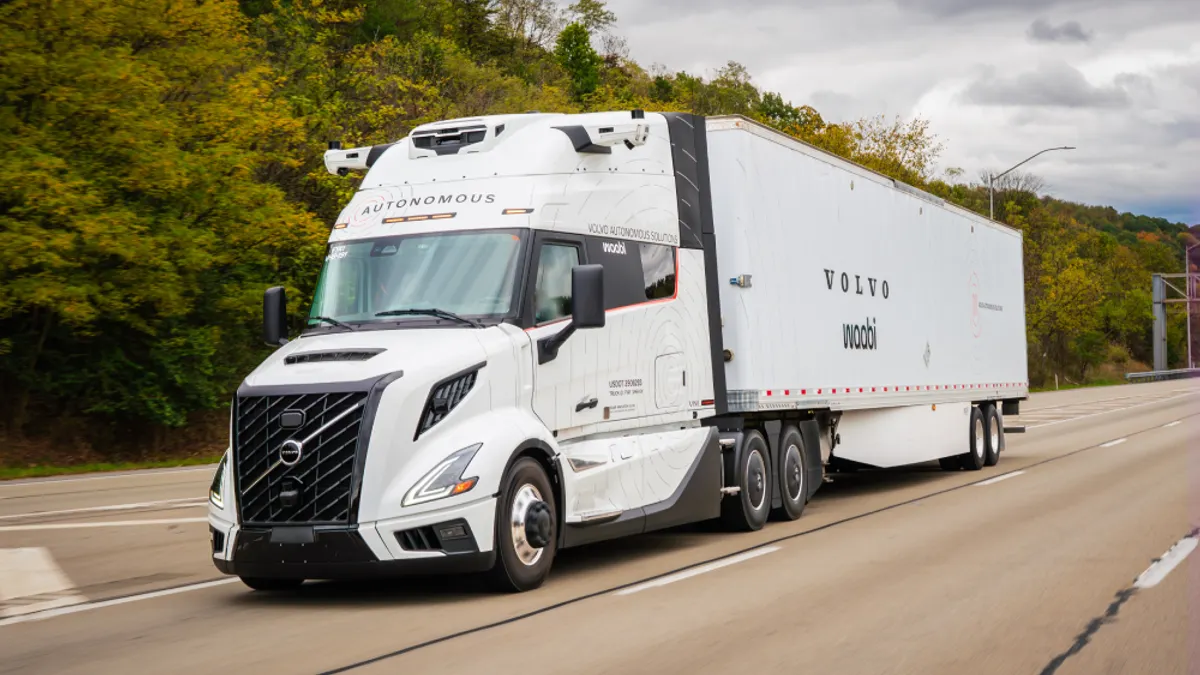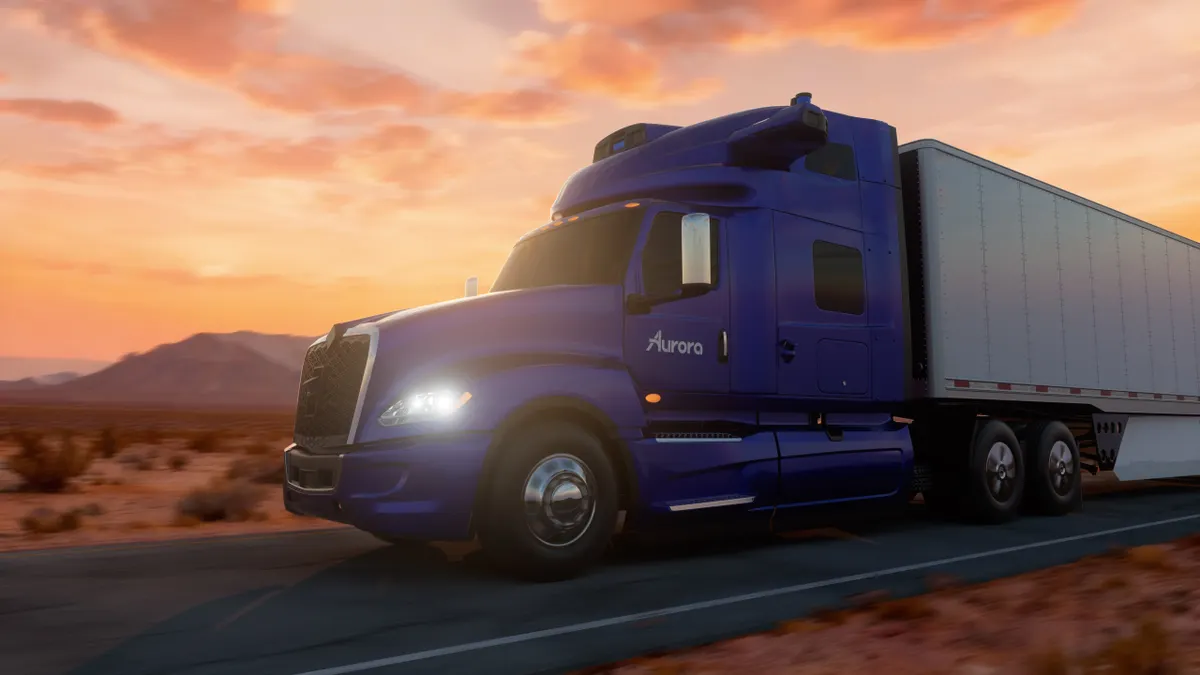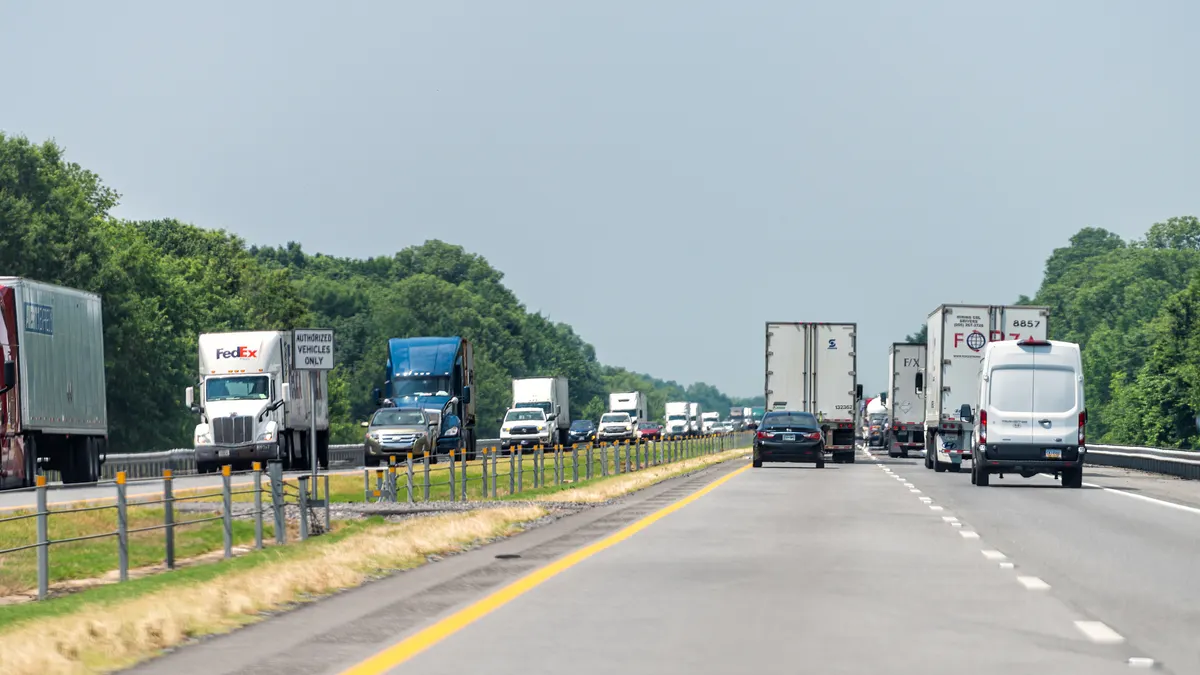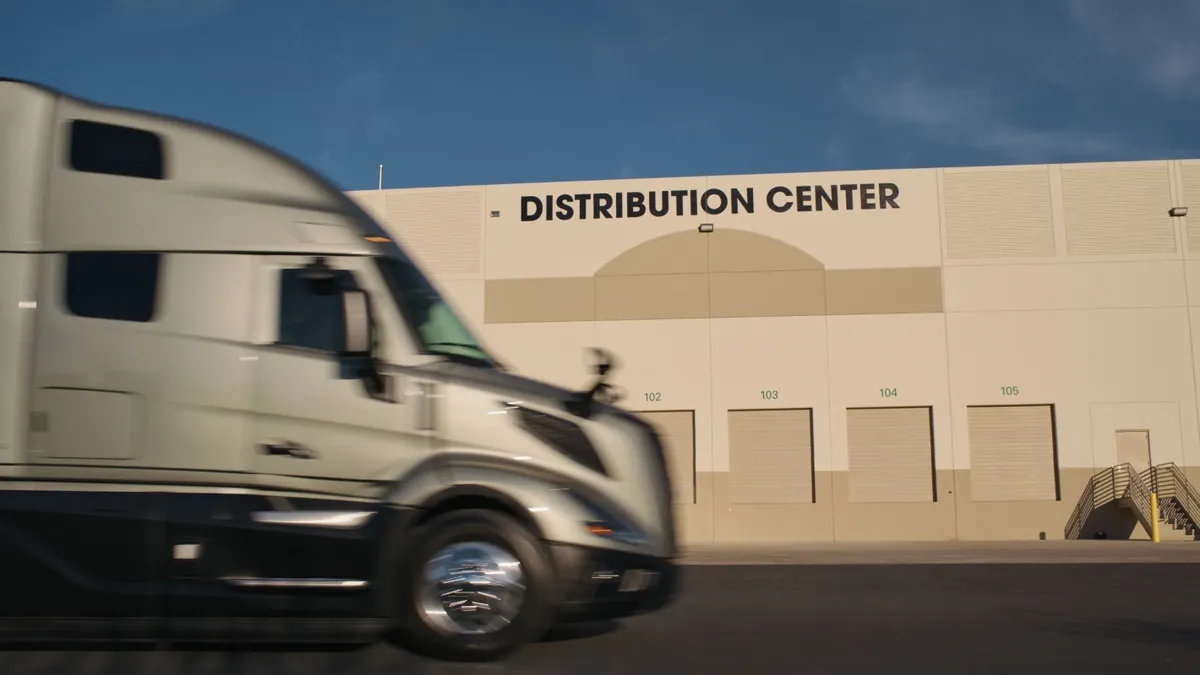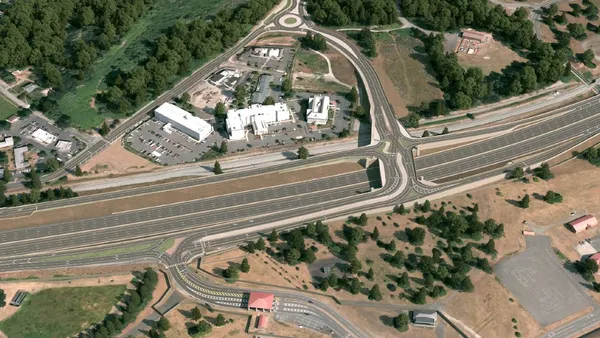About 15 years ago, a Quebec landfill was struggling with its methane gas emissions and needed help. With technology evolving toward compressed natural gas, it turned to the Labrie Group for advice.
"They knew of our expertise working with compressed natural gas for our waste trucks started in 2001, and at that time, 2010, Labrie Environmental Group were already recognized leaders in the waste CNG arena,” said Louis-Charles Lefebvre, regional sales manager.
Lefebvre said Labrie helped organize the landfill owners — EBI-Environnement — to form a gas capture partnership with Gaz Metro (now known as Énergir), the commercial gas provider that operates a 10,000-kilometer gas supply network throughout the province.
Richard Prevost, manager of sales and training for EBI, said that their captured emissions go through that pipeline system and 100% of the production is sold on the California credit market. Since the company’s renewable natural gas production and fleet location are far from each other in Quebec, he said, "it made more sense to keep injecting RNG in the network to be sold in the U.S. and to buy CNG from local distributors to refill EBI trucks."
Since Labrie and EBI formed a partnership, CNG technology has undergone numerous innovations that further reduced emissions.
"In the beginning, the [diesel gallon equivalent] of our tanks were super small. We've gone from a 50 DGE tank to now 120 DGE, although most of what EBI is using is 100 DGE and that gives you 12-14 hours of drive time,” said Lefebvre.
Prevost said their trucks are "refilled at night with time-fill private stations in our own yards and are good to go in the morning.”
U.S. Department of Energy fuel equivalency data reports diesel as having the highest Btus per gallon, followed by gasoline at about 115,000 Btus. Natural gas, however, is measured in gigajoules and 1 GJ of natural gas is equivalent to 27.7 liters of diesel, or about 7.3 gallons — making it more fuel-efficient than diesel.
Prevost said that depending on the circumstances, shifting to CNG from diesel can also help improve air quality and reduce costs.
"First, when you go to CNG you reduce both particles and NOx by 90%. You also greatly reduce or completely eliminate the carbon footprint of buying a fossil fuel that's been drilled, then transported, then delivered by truck after being on a ship,” he said.
Prevost, who has a career in semi-truck operations, sees fleet owner-operators who convert to CNG as standing to gain the most in the long haul. And while there is interest in electric vehicles, sources say that for these big trucks it isn't yet realistic.
"EV is great, but it's best for short runs and light payloads. If you have high loads and are going far, CNG or RNG has lesser impact on trucks and operations,” said Prevost. “These can't really go electric because of range or weight, but getting them off diesel by leveraging our current technology in CNG will be better for the environment, and their bottom line."
Lefebvre agreed and added that while there is a lot of interest in EV for the waste sector there are still payload and weather issues, particularly in cold climates across Canada and the northern U.S. Other possible concerns include grid resiliency and shifting policy.
"There is no magic bullet. It's a matter of convincing the industry that has a lot of old school ideas to take the first step," said Prevost.
Nonetheless, CNG has come a long way and clearly demonstrates it works well, said Gary Foster, senior vice president of corporate communications for California-based Clean Energy Fuels.
"At one time CNG was a premium cost versus using diesel, but now after more than two decades of innovation the CNG trucks have come down in price. Today, 90% of the new waste trucks being purchased by the major commercial operations are CNG trucks,” he said.
Foster said the nature of this gas means that it doesn’t always come from landfills or anaerobic digesters, so "you won't know if it is from a renewable source or not,” but said incentives are driving more interest for his company and others in converting waste to RNG.
"In February of this year we launched a huge digester in Iowa that is capturing methane from the manure of 6-7000 cows at that location. The solids and liquids are separated and the methane is captured and processed. Then it is injected into an interstate pipeline that runs all around the country,” said Foster.
Foster said capturing dairy methane gas “can give you a lot of credit” due to its high potency. The facility is tapping into California’s Low Carbon Fuel Standard program to monetize the gas.
“It takes about six months of production at the site in Iowa to demonstrate the amount of methane emissions we removed, and then have that verified,” he said.
Even with these credits, the market is still complicated.
Jon Sorenson — president and CEO of JFS Energy Advisors and part of the original team of Nova Scotia's Heritage Gas — called natural gas “the bridge to a renewable future,” while cautioning that “it’s all about the economics and the numbers, it's not as easy as one would think to make renewable gas."
Sorenson said it works better in dense areas, where waste volumes are more abundant.
"When you have a larger, more dense population, you have much more organic waste material available to help turn it into an economically viable proposition.”
Foster said ongoing technology advancement and energy credits are helping the concept scale. Clean Energy now operates 600 fueling stations. He’s also seeing this paradigm shift become more noticeable in industry and municipal budgets.
"What we are now observing is that municipalities who are eager to meet their environmental and fiscal goals can do this with CNG. Many cities are now making clean fuel a requirement for their transportation needs, and for their own or contracted waste vehicle collection services,” Foster said.
With the increased efficiency, lowered emissions, lower vehicle noise levels and better operating costs, CNG vehicles are now a mainstream part of waste operations.
“With local, state and federal requirements to reduce emissions, it's now part of the overall balance sheet," said Foster.


